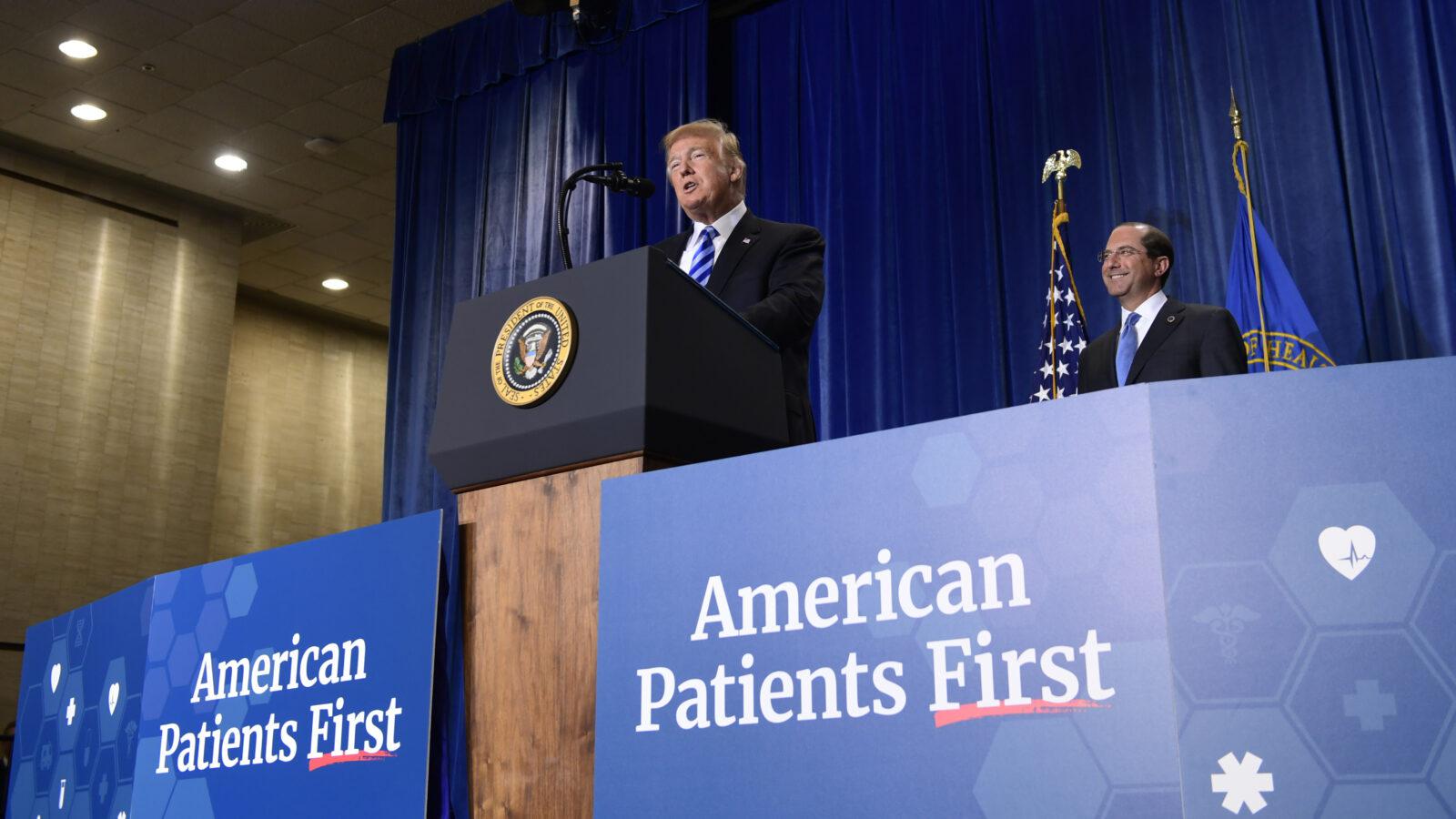
The Executive Order Halting Agency Communication: Implications for the FDA and Clinical Research
On January 20th 2025, President Trump issued an Executive Order restricting federal agencies from engaging in external communications without prior approval. This directive, aimed at streamlining messaging and ensuring alignment with administration goals, has sparked significant concerns among stakeholders in healthcare, regulatory science, and clinical research. Among the agencies impacted, the Food and Drug Administration (FDA) stands out due to its critical role in safeguarding public health and fostering innovation in medical research.
Understanding the Executive Order
The executive order mandates that all external communications, including press releases, public statements, and collaborative engagements, must receive prior clearance from senior administration officials. While proponents argue that this policy ensures consistency and prevents misinformation, critics contend that it hampers transparency, delays critical updates, and disrupts the regulatory ecosystem. The administration indicated that this was a short pause to establish a process for review and prioritization, with normal communications expected to resume on February 1.
This directive also led to the abrupt cancellation of scientific meetings and evaluations of grant applications for research into various diseases, including cancer.
The FDA’s Role in Clinical Research
The FDA plays a pivotal role in the clinical research landscape by:
By its nature, the FDA relies on timely and transparent communication with pharmaceutical companies, academic institutions, and the public. Any disruption to this communication pipeline can have cascading effects on the pace and integrity of clinical research.
Immediate Impacts on Clinical Research
1. Delayed Guidance on Emerging Therapies: Researchers depend on the FDA for swift feedback on investigational new drug (IND) applications and protocol amendments. Clearance bottlenecks may delay groundbreaking therapies.
2. Uncertainty in Regulatory Pathways: Ambiguities in communication could hinder the development of novel approaches like gene editing or personalized medicine, areas already fraught with complex regulatory considerations.
3. Risk to Public Trust: Transparency is a cornerstone of public confidence in regulatory bodies. Restricting communication may lead to perceptions of opacity, reducing trust in the FDA’s ability to act in the public’s best interest.
Delayed Grant Funding and Impact on Biotech Innovation
The National Institutes of Health (NIH), as the nation's largest funder of medical research, plays a crucial role not only in drug discoveries but also in supporting jobs across universities and laboratories. Prolonged communication freezes and delays in grant funding reviews can have profound impacts, including:
Conclusion
While the executive order’s intention to enhance communication consistency may be well-meaning, its unintended consequences pose significant risks to the FDA’s mission and the broader clinical research ecosystem. A recalibration of this policy is essential to ensure that public health remains a top priority, fostering both innovation and trust in the regulatory framework.
The healthcare community will be watching closely as this situation evolves, hoping for a resolution that preserves the FDA’s capacity to act swiftly and transparently in the service of public health.